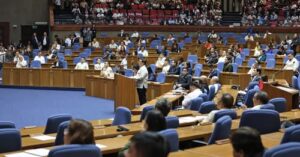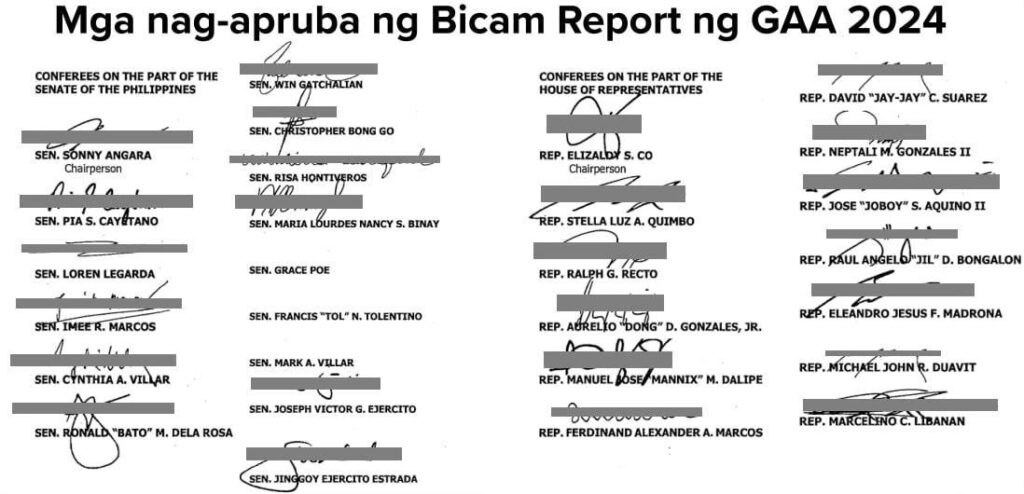By Renato Reyes Jr., Bagong Alyansang Makabayan President
It is a symptom of the worsening crisis of the ruling system that modes of accountability of top officials have become more and more difficult for the people to avail. The impeachment process, being a political not just a legal process where the people can initiate a complaint and the people ulitmately judge their representatives in Congress, has given rise to various protest movements over the past 2 decades and a half. Most noteable of these was the People Power Uprising in 2001 which resulted in the removal of a sitting president. SInce then, those in power have sought to prevent a repeat of the same upheaval by putting up impeachment stumbling blocks and resorting to all sorts of legal technicalities.
Gloria Arroyo faced multiple impeachment complaints over several years for election fraud and corruption, and it was during this time that the “first to file” issue was raised where only the first complaint, even if it was a bogus complaint, would be considered by the House. This mockery of the process was eventually overcome by the SC’s Francisco ruling where multiple complaints were allowed in only one initaited impeachment proceedings. Yet Arroyo was able to block impeachment efforts by weilding her control over the pork barrel funds of Congress.
Under the Aquino presidency, impeachment was used to remove a sitting Chief Justice of the Supreme Court. The president fully backed the impeachment and used his influence over the House and Senate. Aquino himself faced an impeachment complaint over the Disbursement Acceleration Fund which the SC earlier declared as unconstutitonal. The complaint reached the Committee on Justice but did not move beyond that.
Rodrigo Duterte used the impeachment to remove a sitting Chief Justice and when this appeared too cumbersome, resorted to a quo waranto process to get the same result. Duterte also faced an impeachment complaint early on in his term but this did not move past the Committee on Justice.
Now comes the impeachment of the Vice President under Marcos Jr. The President himself gave the signal that he is not in favor of the impeachment, but due to the worsening contradication among the elite factions, the House was able to transmit the articles of impeachment to the Senate. The Senate stalled the trial for several months. The SC then declared the impeachment void, and then added new requirements in an already difficult process of accountability – requirements that were not present in past impeachment proceedings. The SC justices also stood to benefit from their decision because they too are impeachable officials. Instead of pushing for accountability of the Vice President, Marcos Jr. became the biggest stumbling block to the process.
With the SC ruling, impeachment or holding top officials accountable for graft and corrption, betrayal of public trust and other high crimes, now becomes almost impossible. The people must contend with the President, the numbers in the House, the numerous legal requirements now imposed by the SC and the Senate which can choose to stall the trial or dismiss the articles of impeachment. The avenues to hold officals accountable have narrowed over the past two decades, because the ruling elite wish to solidify their hold on power, thwart any threats to their rule and preserve the ruling system.
But it is the narrowing of the impeachment path which opens up other avenues of struggle. It is this very tragic outcome that exposes how rotten the system of bureacrat capitalism is, and why the people must build their own power and work to change the entire corrupt ruling system. ###




